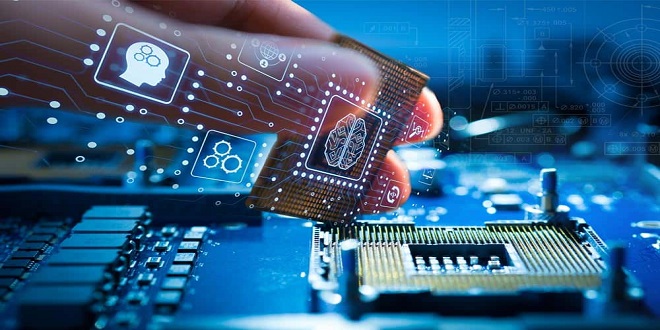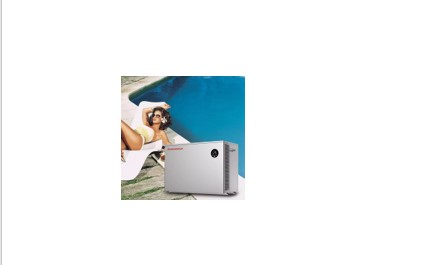Hardware for IOT Solutions

Most IoT solutions, whether they are built by hand or mass-produced for commercial sale, are prototyped from basic designs using discrete components. Most hobbyists and enthusiasts base their solutions on components they can buy from retailers (or wholesalers if they produce many units for sale). Much of the commodity hardware, therefore, is readily available.
This chapter introduces several examples of the more popular commodity hardware you can use in building your IoT solutions. Since there are so many varieties of everything available, I will not attempt or claim this chapter is all-inclusive. For example, I briefly describe a few of the common low-cost computing boards available, but there are more being added every day. It would require a tome several times the size of this book to list all of them. However, I show examples of how to use some of the hardware mentioned in this chapter in Chapter
Microcontrollers
Microcontrollers1 are small integrated circuit (IC) chips arranged on a small printed circuit board (PCB) with additional components to support features such as access to pins on the chip for connecting other components such as LEDs, servos, sensors, and more. Microcontrollers tend to be limited in the amount of memory available, have limited command features (such as operations for interacting with the hardware), have few connections (typically a programming and power connector), and often use specialized programming languages.
What Is an Arduino?
The Arduino is an open-source hardware prototyping platform supported by an open-source software environment. It was first introduced in 2005 and was designed with the goal of making the hardware and software easy to use and available to the widest audience possible. Thus, you don’t have to be an electronics expert to use the Arduino
The original target audience included artists and hobbyists who needed a microcontroller to make their designs and creations more interesting. However, given its ease of use and versatility, the Arduino has quickly become the choice for a wider audience and a wider variety of projects
Arduino Models
A growing number of Arduino boards are available. Some are configured for special applications, whereas others are designed with different processors and memory configurations. Some boards are considered official Arduino boards because they’re branded and endorsed by Arduino. cc. Because the Arduino is open source and, more specifically, licensed using a Creative Commons Attribution-Share-Alike license, anyone can build Arduino-compatible boards (often called Arduino clones).
However, you must follow the rules and guidelines set forth by Arduino.cc.3 This section examines some of the more popular Arduino-branded boards. The basic layout of an Arduino board consists of a USB connection, a power connector, a reset switch, LEDs for power and serial communication, and a standard-spaced set of headers for attaching shields. The official boards sport a distinctive blue PCB with white lettering. With the exception of one model, all the official boards can be mounted in a chassis (they have holes in the PCB for mounting screws). The exception is an Arduino designed for mounting on a breadboard





